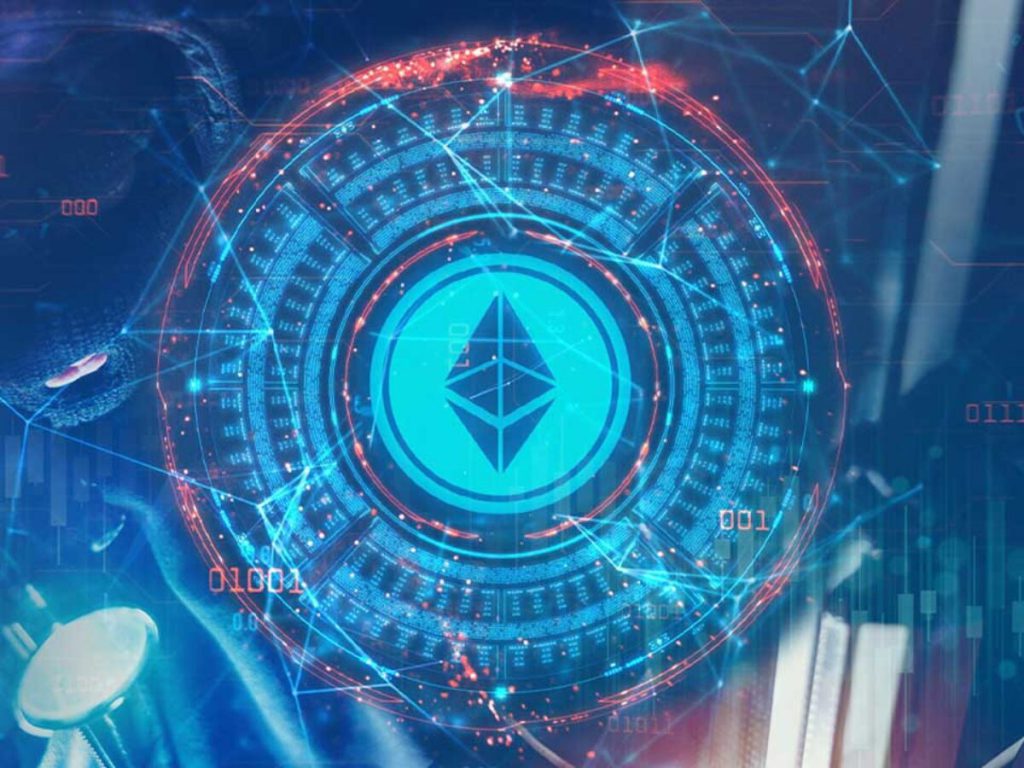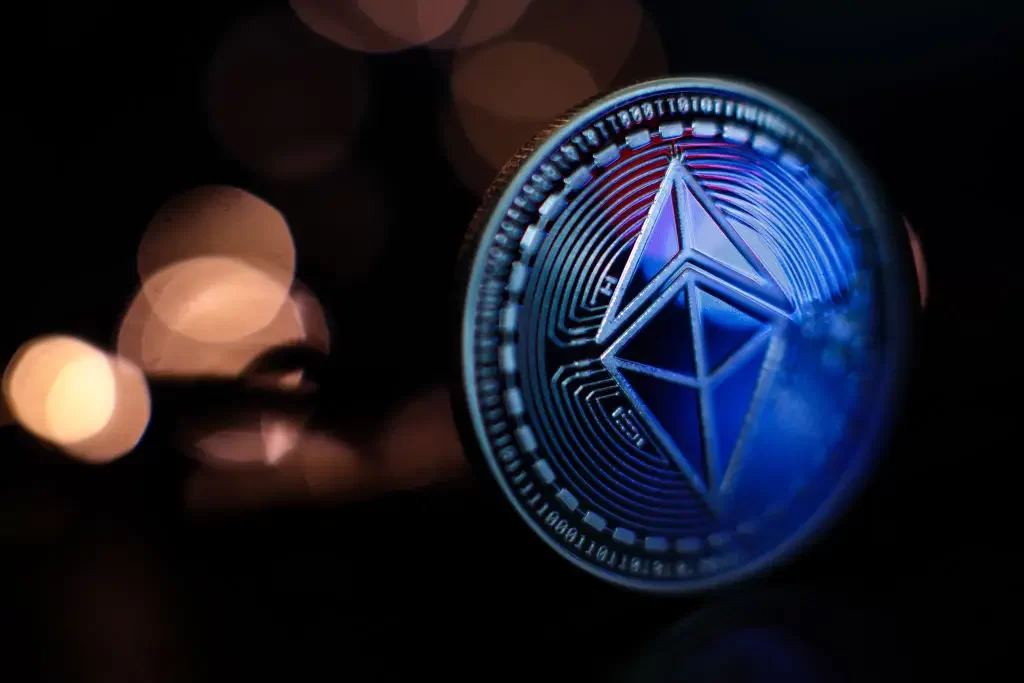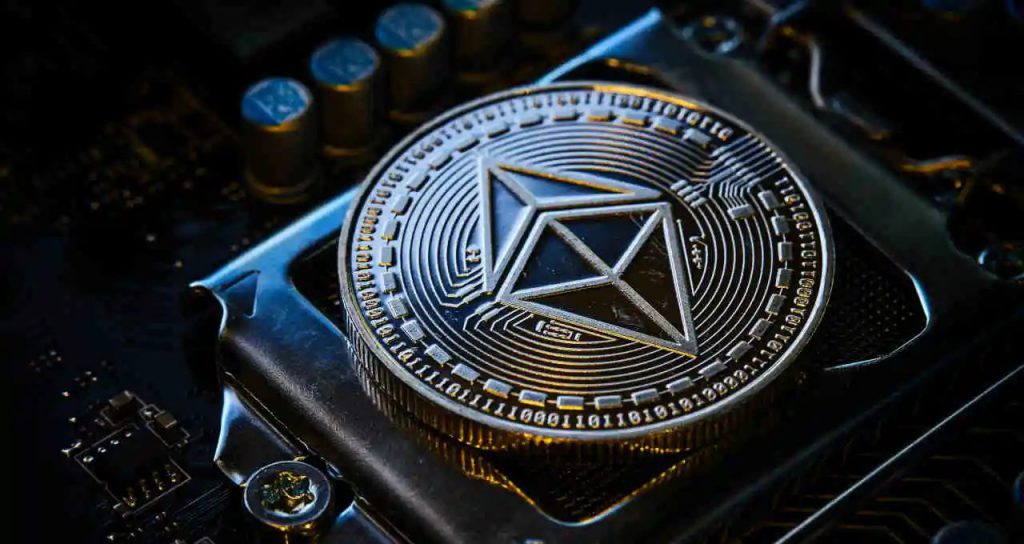The Ethereum [ETH] network’s long-awaited upgrade, The Merge, has generated a lot of attention. The network will bid adieu to its proof-of-work [PoW] era as it seeks to begin its proof-of-stake [PoS] journey. This will undoubtedly update the network. The transformation will immensely revise the network, even though the environmental advantages are a given.
There are a lot of confusing things that will be meddling with the minds of crypto enthusiasts about what the Merge is and what the changes that it will bring alongside. Let us debug it and take a deeper look into the whole concept.


What is the Ethereum Merge exactly?
The Merge is the upgrade where the Ethereum network ditches Proof-of-Work (PoW) to shift to a Proof-of-Stake (PoS) consensus. The term Merge is given as the blockchain merges itself with the Beacon Chain. The Beacon chain acts with the ultimate aim of performing the duty of a Proof-of-Stake blockchain.
Ethereum 2.0, Eth2, and ETH 2.0 were some of the alternate identities for the merge. The switch from PoW to PoS will fundamentally alter how things work. The new configuration will make the network more inexpensive, faster, and more energy-efficient. Proof-of-stake works differently as compared to proof-of-work. Validators will take the place of miners. Validators either lock up or stake ETH to keep the network running. The validators will be entrusted with the duty of validating and adding transactions to the blockchain.
The bulk of the ETH community and beyond, however, view the end of the mining as beneficial for the environment and Ethereum’s reputation, despite the fact that the merge is terrible news for miners.

How will ETH be affected post-merge?
First of all, the Merge is a big deal for the crypto community as it is one of the major upgrades happening to the second largest cryptocurrency in the world. To add to that, the Ethereum network is the base for several dApps, DeFi protocols, and millions of NFTs.
The merge will not just affect Ethereum but also a wide array of products encapsulated by the Ethereum realm. One major change post-merge will be the reduction of the yearly ETH issuance from 4.3% to 0.43%. This reduction is said to be bullish for ETH.


Will there be a drop in Ethereum gas fees?
Gas fees have consistently been a major problem for the network. Although there has been a noticeable decline in this over the past few months, the community has urged the network to solve it. Many people think The Merge would result in lower gas prices. The founder of the network, Vitalik Buterin, had earlier proposed that, following the Merge, gas fees might be as low as $0.002 with rollups.
However, the Ethereum organization claims that there will be no gain in network capacity. As a result, gas fees wouldn’t be dropped.
Skyrocketing transaction speed?
The network confirmed that there might be a modest increase in transaction speed. But not in a way that users would be aware of. Similar to fees, layer 1 transaction speed would not change.
The community has been concerned about potential downtime with an upgrade of this size. However, the network reaffirmed that there wouldn’t be any outages. According to reports, The Merge has been built to transfer data with no interruption to the network or users.


Let’s talk about energy
One of the most expected outcomes of the merge is 99% less energy consumption. Unlike PoW, PoS secures the network with capital instead of energy. With PoS enabled, Ethereum only needs 2.6 MWh of energy annually to run a node.
It will also make Ethereum one of the most environmentally friendly financial networks out there.
Since this is such a major upgrade, the network has been undergoing multiple tests to ensure that there are no mistakes. With the Merge set to make its debut in September, the ETH community has been on the edge of its seats waiting for the upgrade. But as each day passes, one can be rest assured that they are moving an inch closer to the Merge.





